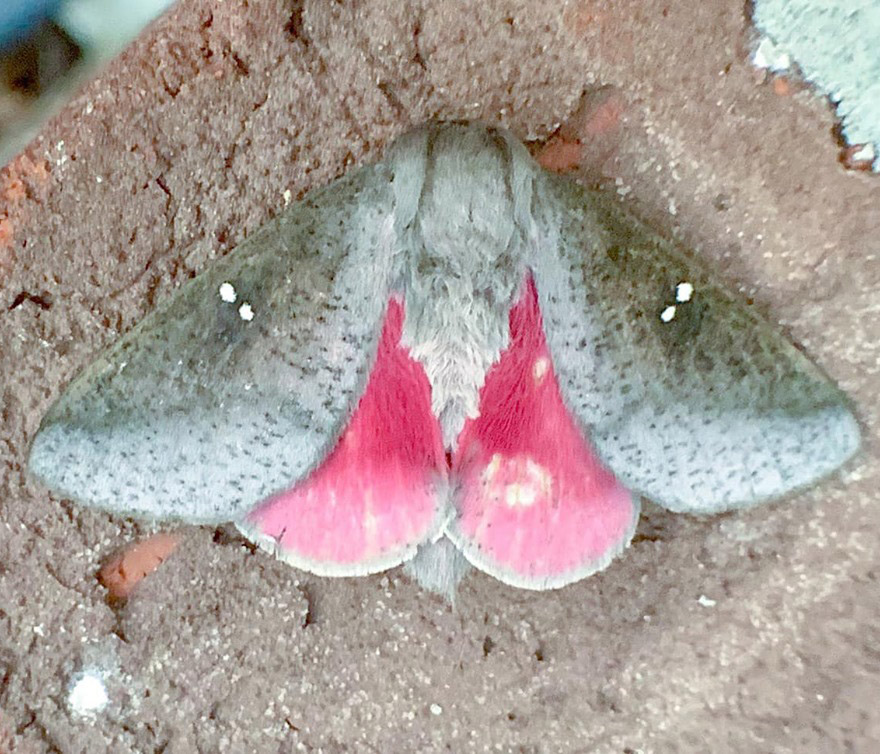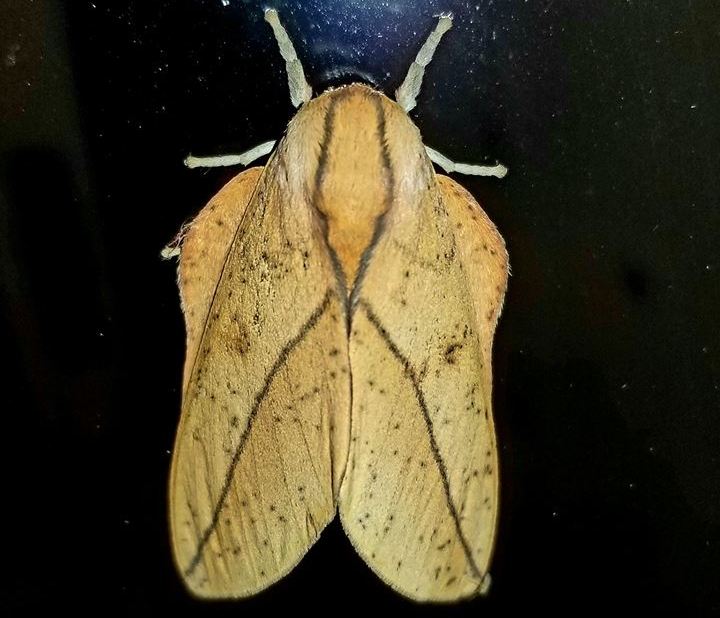ECOLOGY ▪ EDUCATION ▪ ADVOCACY


Spingicampa: Combines the Greek Sphingi for “Sphinx” with campa for “caterpillar” — likely a reference to the genera’s caterpillar’s resemblance to those of the sphinx moth family.
sfin-jye-kam-puh
Syssphinx is an outdated and now invalid name for this genus.
Sphingicampa is a New World genus of moths in the family Saturniidae.
| Distribution of Genus Sphingicampa | ||||
| Taxonomic Level | Worldwide | North America | Midwestern USA | Indiana |
|---|---|---|---|---|
| Species | 54a | 30b | 2 | 2 |
a The other 24 species of Sphingicampa are endemic to South America.
b Six species are endemic to the American Southwest.
Sphingicampa bicolor, first described in 1864 by Benjamin Dann Walsh as Sphingicampa distigma.
The map, graph, and data below represent the Indiana sightings of the genus Sphingicampa. All sightings were confirmed through photographic evidence by individuals who contributed to the Great American IN Nature Lepidoptera Project (GAIN LP). All data is current as of 31 March 2025.
Counties recorded:
16 of 92
Top counties/#of records:
Hamilton: 28
Washington: 9
Johnson: 6
Jefferson: 5
Monroe: 5
Brown: 3
Huntington: 3
 GAIN LP documented in county
GAIN LP documented in county
Sphingicampa bicolor courtesy Dan McCord. Sphingicampa bisecta courtesy of JoAnne Cummings.